Cat Fleas vs Dog Fleas
This post may contain affiliate links so I earn a commission.
When considering the difference between cat fleas vs dog fleas, many people believe that all dogs have dog fleas and all cats have cat fleas.
Although it seems logical, it's actually a common misconception.
In fact, about 95 percent of all fleas in the United States that infect your pet are actually cat fleas....known by the scientific name Ctenocephalides felis.
The dog flea, known by the scientific name Ctenocephalides canis, is similar in appearance to the cat flea but they're much less common.
So....now that we've determined which type of flea your pet has, the next course of action is to determine where the fleas came from.
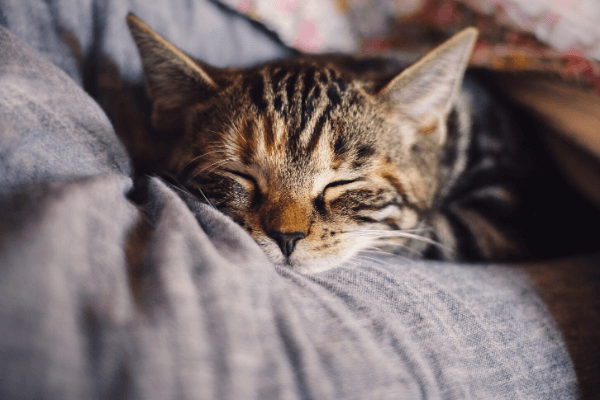
Chances are your dog or cat picked up the fleas from your yard, or they were exposed to another pet or household that had fleas.
Since many other animals such as rabbits, raccoons, fox and opossums can carry fleas, they often drop eggs into your lawn that soon develop into larvae that feed on organic material within your yard.
The larvae then spins a cocoon that protects it until it emerges as an adult flea looking for a host to feed on.
Then as your dog or cat goes outside they're unknowingly exposed.
"Flea season" typically occurs in the late spring and early summer as the outside temperature and humidity begins to rise and the foliage thickens on nearby trees and shrubs.
These conditions create the ideal environment for growth.
Removing Fleas From Your Yard - Cat Fleas vs Dog Fleas
Since flea larvae need moist conditions to survive, removing low hanging branches and mowing your lawn will allow sunlight to dry out these damp conditions and disrupt the fleas lifecycle.
Start by trimming the long weeds and grass around fence lines, outdoor furniture, buildings and especially your doghouse if you have one.
Areas where your pet spends most of its time outdoors will also be a hot spot for fleas, so pay special attention to these areas.
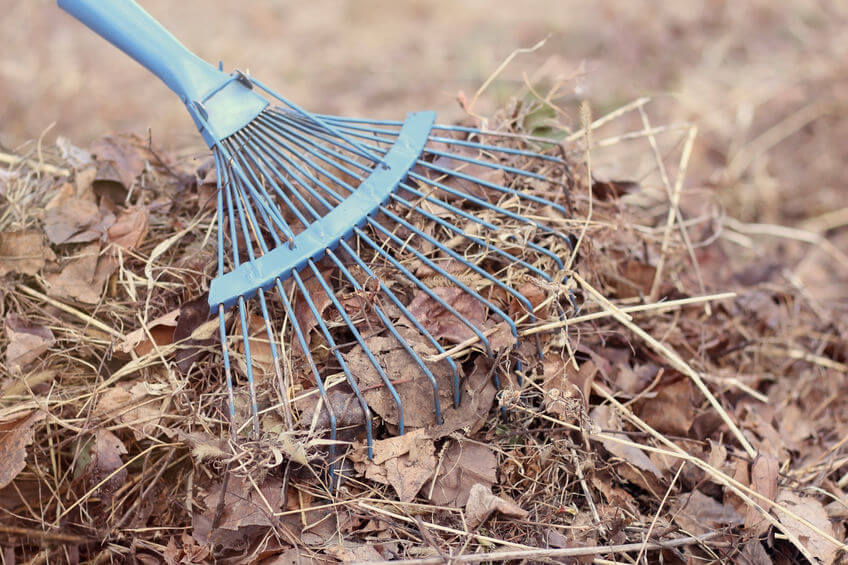
Rake up and bag piles of cut grass, pick up children's toys and remove any brush piles you have around your lawn.
Eliminating these damp, shady hiding spots is essential in controlling fleas in your yard.
You basically want a clean and tidy lawn.
Reducing clutter and cleaning up old vegetation will drastically reduce the amount of fleas that reproduce in your yard, which will in turn reduce the chances of your pet getting fleas when it goes outside.
Cedar Wood Chips
Cedar is a natural repellent for fleas.
Although it's not practical to throw cedar wood chips throughout your entire lawn, you can use them to line the area around compost piles, fences, and around your home.
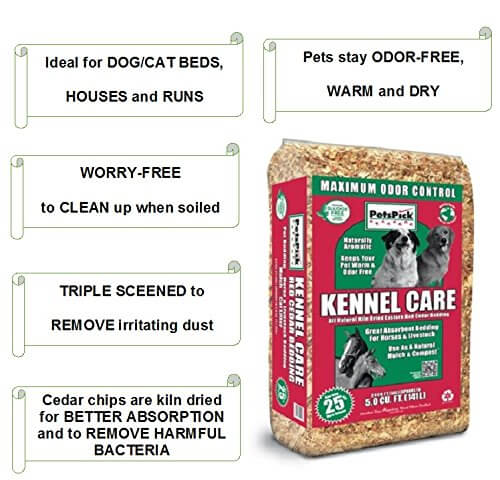
Growing up we always had hunting dogs that stayed outside in a kennel.
We would add some cedar shavings to their bedding which did a great job at repelling fleas.
Plus our dogs always smelled great and they loved the fresh bedding.
Beneficial Nematodes
Spraying beneficial nematodes in your lawn is a safe, non-toxic way to effectively kill fleas in your yard.
Nematodes are microscopic roundworms that feed on organic matter as well as insects and fleas.
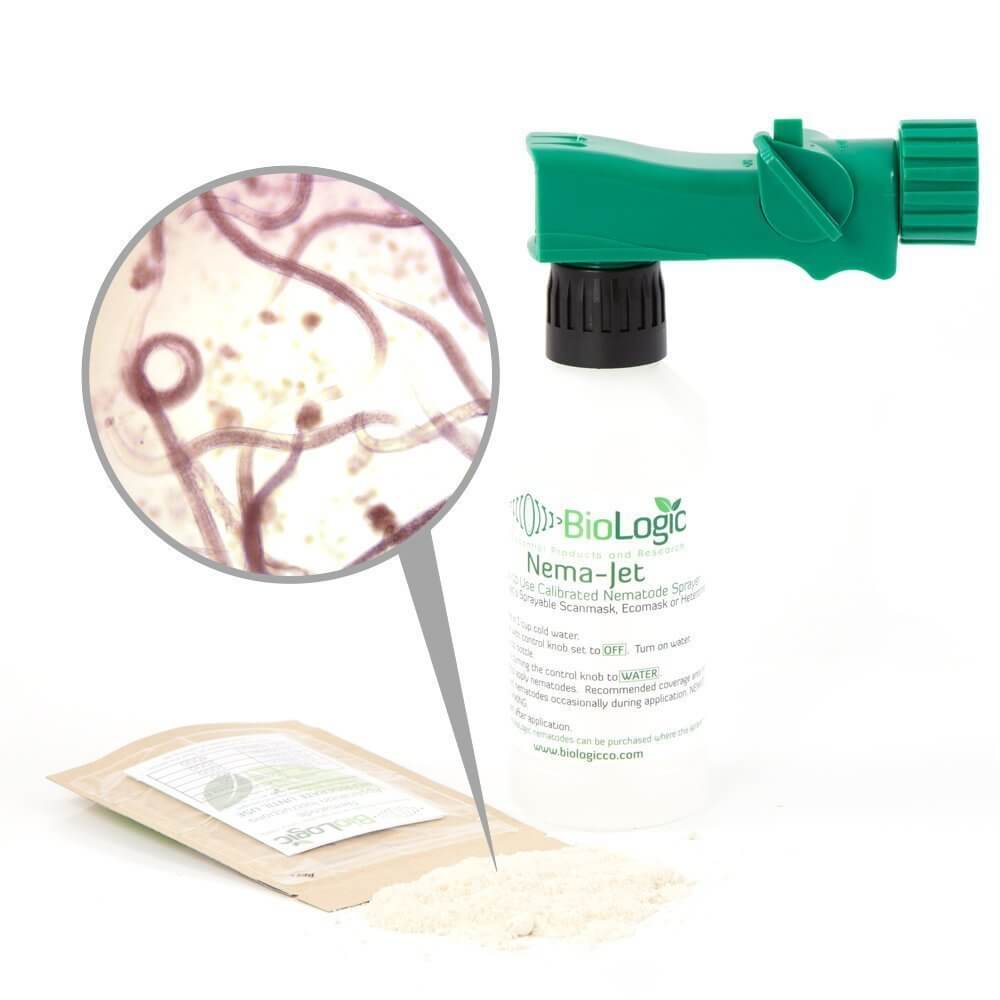
They're known to effectively kill adult fleas, larvae and pupa living in your grass and other areas throughout your lawn.
They're safe to use around gardens and it's easily applied because you can just spray it on.
Insecticides - Cat Fleas vs Dog Fleas
Although they're very effective, many homeowners choose not to use insecticides to kill fleas in your yard because of the possible exposure to your pet or children.
If you choose to use insecticides, be sure to closely follow the manufactures instructions.
If used properly, insecticides are very safe but as our world moves closer and closer to natural remedies, many homeowners choose to avoid pesticides for both the safety of our children and the environment.
The best thing about pesticides is that they work and they do a great job at controlling a variety of different pests, including fleas and ticks.
Cat Fleas vs Dog Fleas - Overall
When considering cat fleas vs dog fleas, chances are you're dealing with cat fleas which are much more common regardless of which type of pet you have.
Start by using one of the products or methods above to get rid of fleas in your lawn, which will help prevent your pet from being exposed and bringing the fleas into your home.
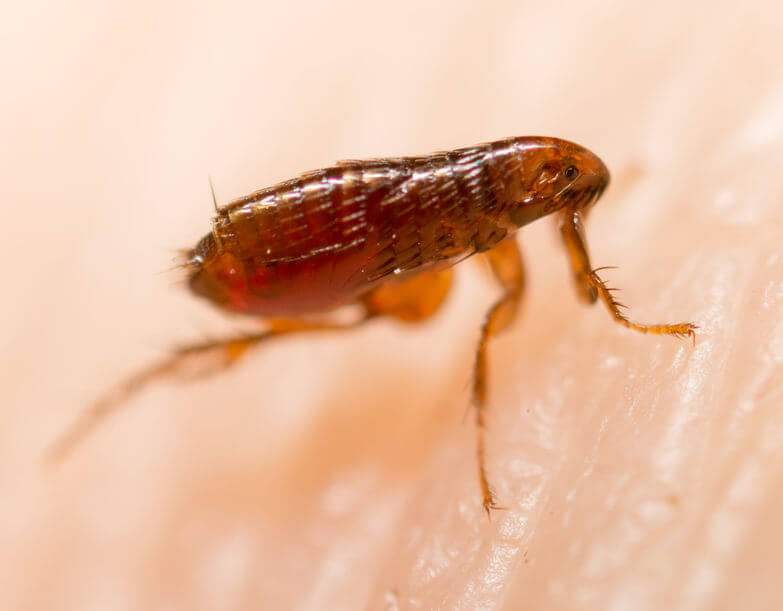
By controlling the fleas in your lawn, you'll reduce the possibly of these outdoor fleas coming inside.
If you do find fleas living in your home, vacuum frequently to remove any living fleas along with disrupting the fleas lifecycle.
Just like any other pest issue, early intervention will make getting rid of the issue a lot easier, so I recommend dealing with the issue as soon as possible for best results.



